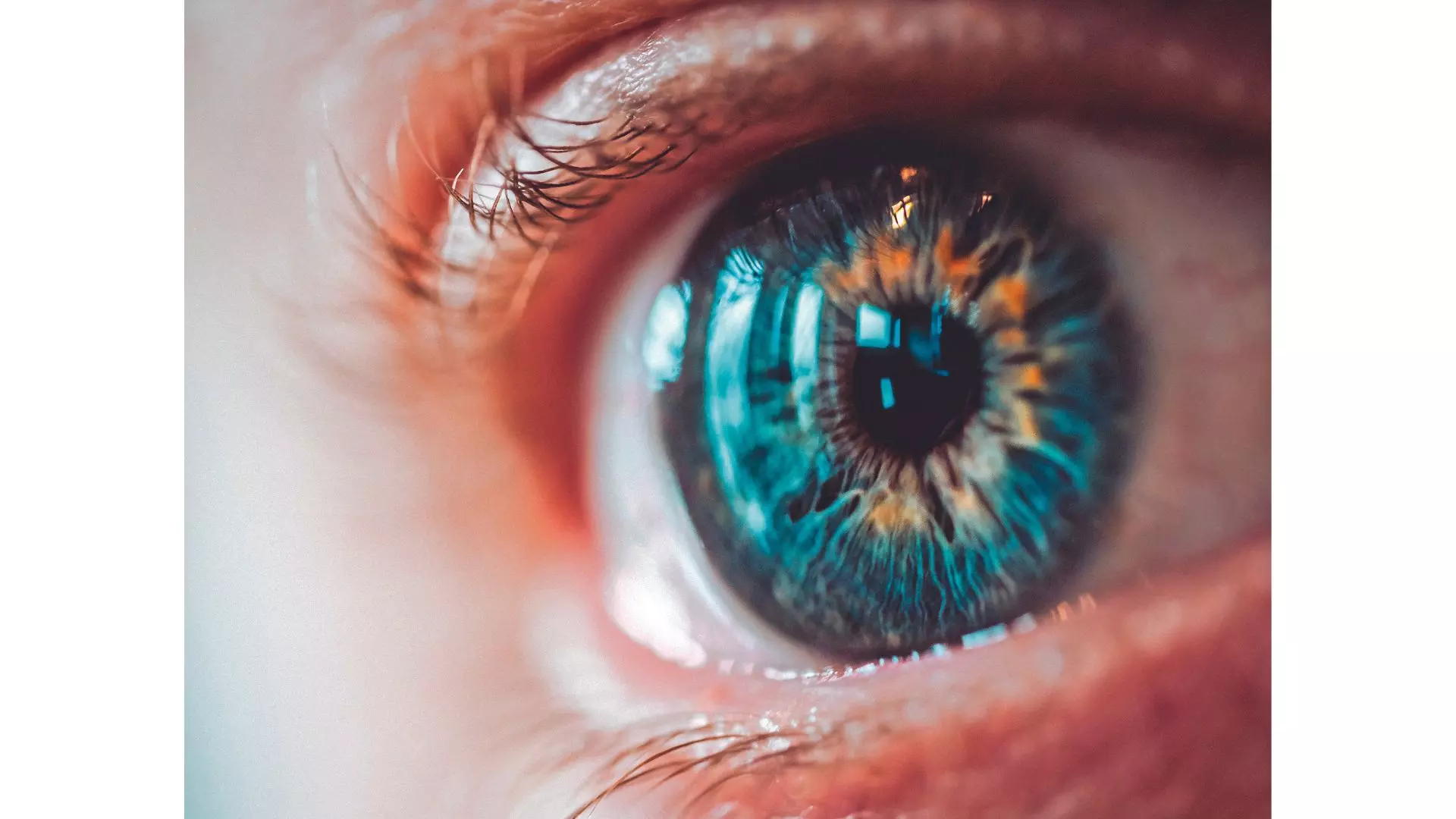Living with dry eye

Jennifer Aniston is dealing with a problem she had no idea she had: dry eye syndrome. She is not alone; even actress Lara Dutta talked about dry eye disease and how it can affect your life. According to recent studies, around 25% of Indians suffer from dry eye symptoms, demonstrating the condition’s prevalence in the country.
Dry eye occurs when the eyes do not produce enough tears or the tears evaporate too soon. This might produce inflammation, redness, and a dry or scratchy sensation in the eyes.
People with dry eyes may have difficulties seeing, particularly when reading or using a computer.
“Basically dry eye is a condition where the eye does not produce enough quality and quantity of tears to lubricate and nourish the eyes properly,” says Dr Swapnali Sabhapandit, director and senior surgeon, Institute of Ophthalmic Sciences, AIG Hospitals.
Causes
Age: Dry eyes are commonly seen in elderly people due to factors like poor lacrimal gland function, eyelid laxity, hormonal changes, medication, and systemic diseases.
Gender: Lowered oestrogen levels in female patients cause dry eyes following menopause. Hormonal imbalances might result in dry eyes during pregnancy.
Medical conditions: diseases like thyroid disorders, diabetes, rheumatoid arthritis and other autoimmune diseases, Parkinsonism, chronic allergic conjunctivitis, acne rosacea, viral infections in the eye, eyelid pathologies, etc. can lead to dry eyes.
Medications: Antihistamines, decongestants, antidepressant and antipsychotic medications, some blood pressure-lowering medications, acne-reducing medications, hormone regulators, and so on can all cause dry eyes.
Environmental conditions: prolonged exposure to dust, pollution, air conditioning, extreme heat or cold, windy weather, chronic smoking, and so on are all major causes of dry eyes.
Gadget usage: prolonged screen time exposure can cause dry eyes.
Eye surgeries: Refractive surgeries like LASIK or any other eye surgery can cause eye dryness.
Contact lens: Prolonged use of a contact lens can lead to dry eyes.
Poor nutrition: Lack of vitamin A and omega-3 fatty acids can cause dry eyes.
Symptoms
Heaviness or awareness of eyeball and eyelids
Burning
Itching
Irritation
Foreign body or gritty sensation
Stringy mucus discharge from eyes
Tired red eyes
Blurring of vision
Difficulty in night driving
Inability to look at screens for long time
Impact on quality of life
Inadequate tears raise the risk of an eye infection.
Extreme dry eyes can cause eye inflammation, corneal abrasion, corneal ulcers, and vision issues.
Dry eyes can make it difficult to complete ordinary tasks like reading, walking outside in the sun, working on electronics, and so on.
Prevention
Eye rubbing causes mechanical trauma to the eye surface and induces inflammation.
Drying equipment such as hair dryers, car heaters, air conditioners, or fans should be positioned away from the eyes.
Wraparound sunglasses or other protective eyewear cover the tops and sides to block wind and dry air.
Apply the 20-20-20 rule. We can close eyes for a few seconds after every 20 minutes. Repeated blinking for a few seconds helps to disseminate tears uniformly throughout the eye surface.
Drinking plenty of water, including vitamin A-rich foods such as greens and carrots, and consuming flaxseed, fish oil, and other sources of omega-3 fatty acids can help alleviate some dry eyes.
If the computer screen is above eye level, our eyes open wider to view the screen. Hence, we need to position our computer screen below eye level, which may help slow the evaporation of our tears between eye blinks.
Nicotine and smoke can worsen dry eyes.
Using artificial tears regularly.
We can reduce eye fatigue and increase oily tear production by placing warm compress on the lids over our closed eyes.
Treatment
Prescription eyedrops or ointments
Warm compresses on the eyes
Massaging of eyelids
Eyelid massagers (thermal pulsation therapy, intense pulse light therapy, etc.)
Punctal plugs
Special contact lenses for severe dry eye conditions
It’s important to note that dry eye can be caused by a number of factors, including aging, certain medications, and certain medical conditions. In some cases, dry eye can be treated with over-the-counter artificial tear drops, or prescription eye drops or ointments. In more severe cases, other treatments, such as punctal plugs, may be recommended. — Dr Swapnali Sabhapandit, director and senior surgeon, Institute of Ophthalmic Sciences, AIG Hospitals
Can it be cured?
“Being a chronic condition, dry eyes can wax and wane in our day to day activities. Proper management can however keep the situation under control and enable us to maintain a normal eye condition,” says Dr Swapnali.

